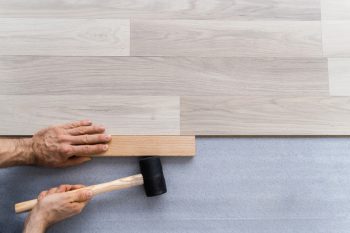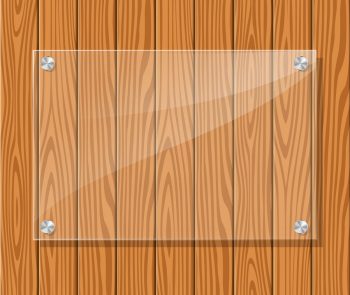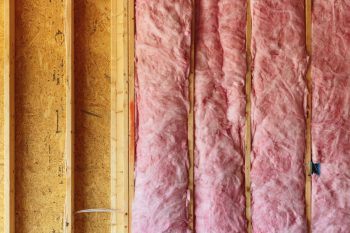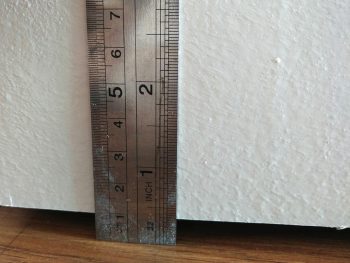
Ever applied polyurethane? Didn’t you like the results? You’re not alone. Many people usually complain about getting bubbles after applying polyurethane.
In this article, you will find several tips on how to apply polyurethane without bubbles. Applying this finish helps protect your hardwood floors and furniture.
With these tips, you’ll find applying and avoiding bubbles easier for a professional finish:
- Clean the surface to make it clean and free of dust, dirt, or debris.
- Pour some of the polyurethane product into a container for easy application.
- Take a foam brush of high density to avoid air bubbles, and apply thin layers to avoid bubbles.
- Keep your brush moving when applying the product to avoid puddles and drips.
- Allow time for each coat to dry before applying another one.
- Avoiding bubbles is using thin coats and brushing products evenly over your surface.
How To Apply Polyurethane Without Bubbles
Did you know that applying polyurethane with bubbles will never give you a professional-looking finish?
Here are tricks on how to apply polyurethane without bubbles to get a nice-looking finish:
1. Sand the Surface With 100-Grit Sandpaper

If you are working on raw wood or an old piece of furniture, start by sanding down the surface with 100-grit sandpaper. This will help remove any imperfections in the wood and give your polyurethane something to adhere to.
If you are working on a new piece of furniture or other artificial material, wash the surface first. Washing removes oils from your hands and dust from the air, so they don’t interfere with the application process.
2. Wipe Off the Dust

Next, when applying polyurethane, you should wipe down your furniture with a damp cloth. This will remove any dust or debris on the surface of your furniture so that they don’t get trapped underneath the polyurethane.
You should also wipe down other surfaces that may come in contact with your furniture, such as tables and chairs.
3. Apply an Even Coat of Polyurethane
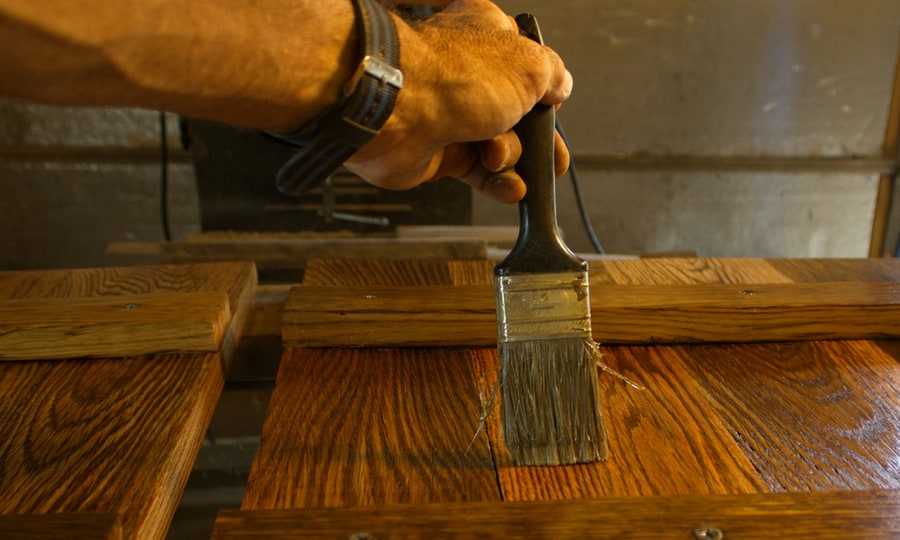
Polyurethane is a lacquer that has a high gloss finish. It’s commonly used on furniture and floors. However, it can be a bit difficult to apply without bubbles forming in your finished product. Here are some great tips:
- Use high-quality polyurethane.
- Use a spray bottle to apply the polyurethane.
- Use paint brushes with long handles.
- Apply the polyurethane in thin coats.
- Use long and even strokes.
- Apply at arm’s length from the surface you’re painting.
- Make sure you have plenty of ventilation.
- Use an existing masking tape as a guide.
You don’t want to apply too much at once, as this will cause bubbles in your finish.
The key here is patience. You’ll be applying multiple coats of polyurethane, so give yourself enough time between each layer so that they dry completely before applying another one.
You can speed up the drying process using a hair dryer or heat gun on a low setting. If there’s still moisture between coats, you’ll have bubbles or streaks on your furniture when you try to sand it down later.
Polyurethane is an extremely sticky substance and can cause skin irritation if it gets on your hands. To protect yourself, make sure you wear gloves while applying polyurethane.
It is possible to find gloves that have been treated with a chemical that prevents them from bonding with polyurethane, but if you don’t have access to these types of gloves, it’s best not to take any chances and wear regular rubber or latex gloves instead.
4. Allow the Polyurethane To Dry
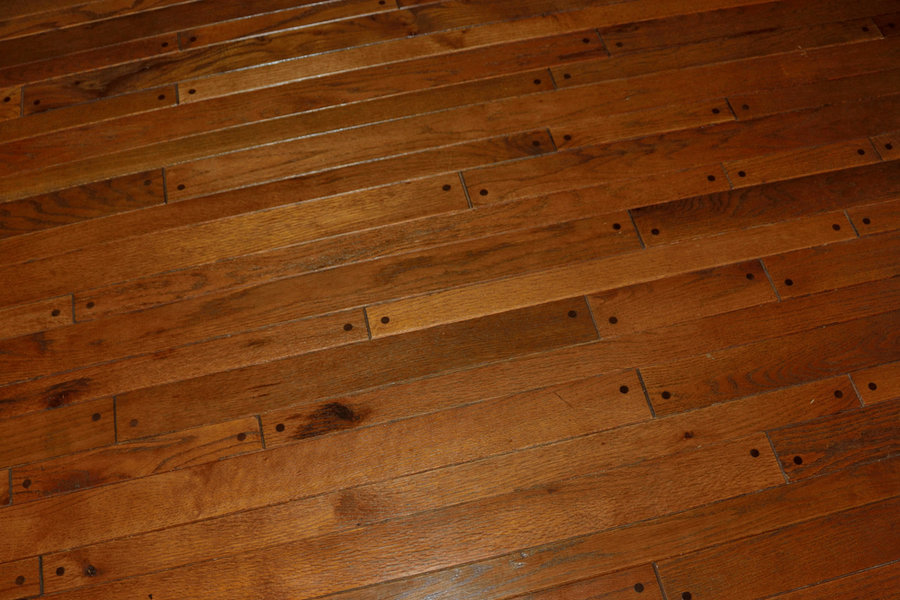
Polyurethane is applied by brushing several thin coats until the desired thickness is achieved. The first coat should dry overnight before applying the next coat.
When applying subsequent coats, allow each layer to dry completely before applying the next coat. If you don’t allow the first coat of polyurethane to dry completely before applying additional layers, you will have bubbles in your finished product.
5. Sand It Again With 100-Grit Sandpaper
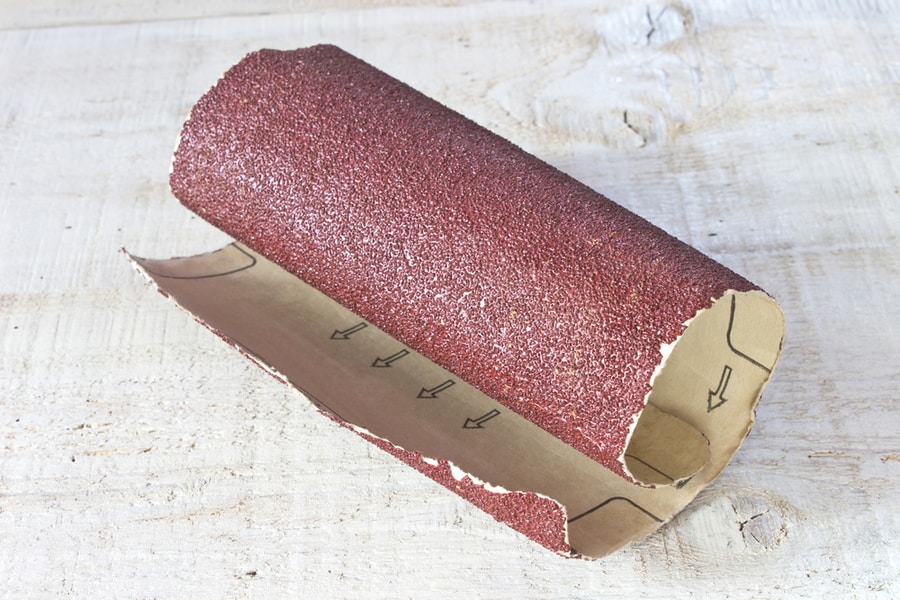
Use a sanding block or hand sander to sand the wood again with 100-grit sandpaper. This will remove all the dust and dirt that may have gotten into the wood while staining it, providing a nice, smooth surface.
6. Wipe Off the Excess Dust With a Tack Cloth
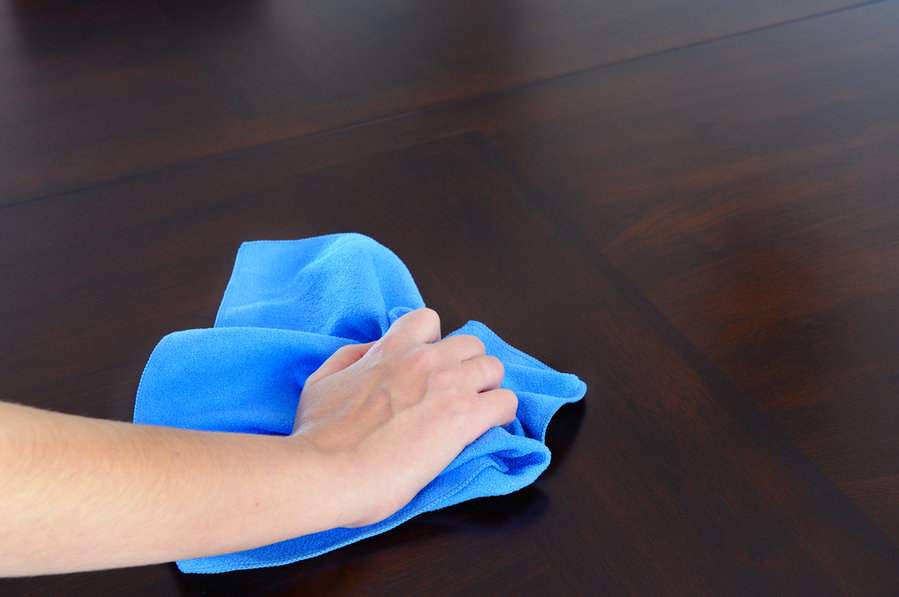
Wipe off excess dust from your project with a tack cloth after applying the finish. Dust particles on your project’s surface can cause bubbles when they come into contact with a solvent.
Conclusion
Applying polyurethane can be tricky since it takes time for the wood to dry fully before it is applied. Using these tips on how to apply polyurethane without bubbles can save you time and trouble, though, so you get a better-finished product.
Now, you don’t have to be a professional or have a professional by your side to use polyurethane for your furniture project. Instead of getting frustrated, you can try the tricks above.
The best thing is these tricks are cheap and easy to do, including sanding the surface with sandpaper, applying an even coat of polyurethane, and allowing it to dry. You can finish your projects fast.
Frequently Asked Questions
How Do I Get a Smooth Finish on Polyurethane?
- Avoid bumpy surfaces. If you’re applying polyurethane over textured walls, use a roller with a soft nap instead of a paintbrush.
- Let the polyurethane dry before moving on to another coat, preventing bubbles from appearing in your final coat.
- If you’re painting over an existing finish, ensure it’s completely dry before applying polyurethane.
Is It Better To Brush or Roll Polyurethane?
While brushing and rolling polyurethane has pros and cons, it’s generally better to use a brush.
If you’re brushing it on, the first thing to do is remove any dust or dirt from your surface. Then apply the polyurethane with a brush with long, soft bristles.
This will help you get into all the nooks and crannies so that you don’t miss any spots while applying the coating.
If you end up missing spots when rolling, add another coat over those missed areas before finishing up with a final coat on top of them.




